I have only rarely photographed a lunar eclipse. The last time was a total eclipse, a decade ago (blog.kootenay-lake.ca/?p=11796), and I spotted a bluish light that is rarely mentioned in the somewhat superficial stories offered by most websites.
Last night I photographed a partial lunar eclipse and expected to see nothing that required an explanation. Yet, there was a mystery that gave me a temporary pause. I will show the picture and attempt an explanation.
This partial lunar eclipse is about at its maximum. Yet, the portion of the moon that is in the Earth’s umbra is much smaller than the shaded region at the top.
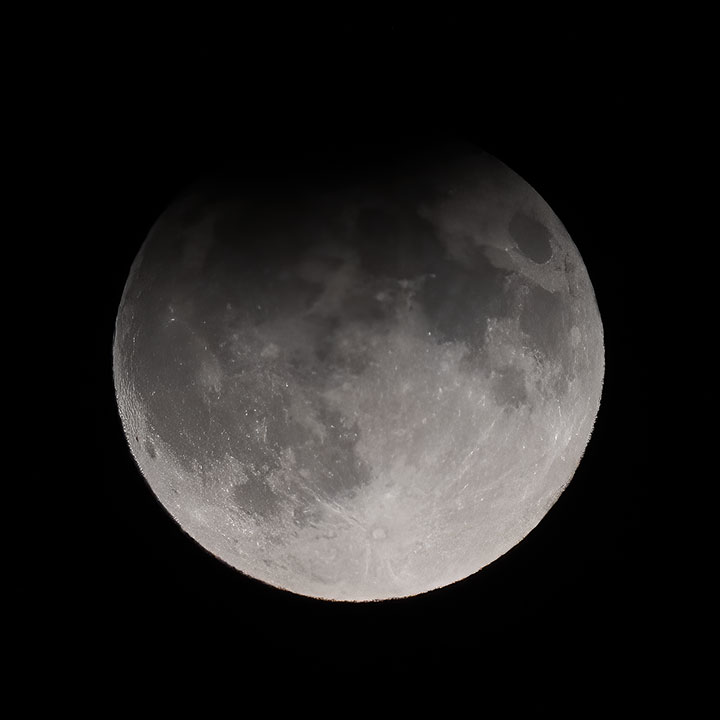
When the moon is eclipsed by the Earth, there are two regions of shadow: the umbra and the penumbra. The umbra is the region of total shade: the Earth blocks all of the Sun’s light from falling on the moon. The penumbra is the region of partial shade: the Earth only blocks some of the light from the Sun.
The thing about the penumbra is that it is not uniformly dark. Some regions are much darker than other regions, depending upon how much of the sunlight gets past the Earth. In this view of the partial lunar eclipse, only a tiny portion at the top is in the umbra, and the rest is all penumbra with its variable darkness.
It is probably easier to understand by imagining that one is walking on the moon, but starting at the top and so deep in the umbra. As you look back towards the Earth, the Sun is completely blocked. As you walk south, you quickly come to a place where now a tiny bit of the Sun peeks around the edge of the Earth. It is still markedly dark where you are, although you have just entered the penumbra.
Further southward walking reveals more and more of the Sun from behind the Earth and so the moon’s surface becomes brighter and brighter.
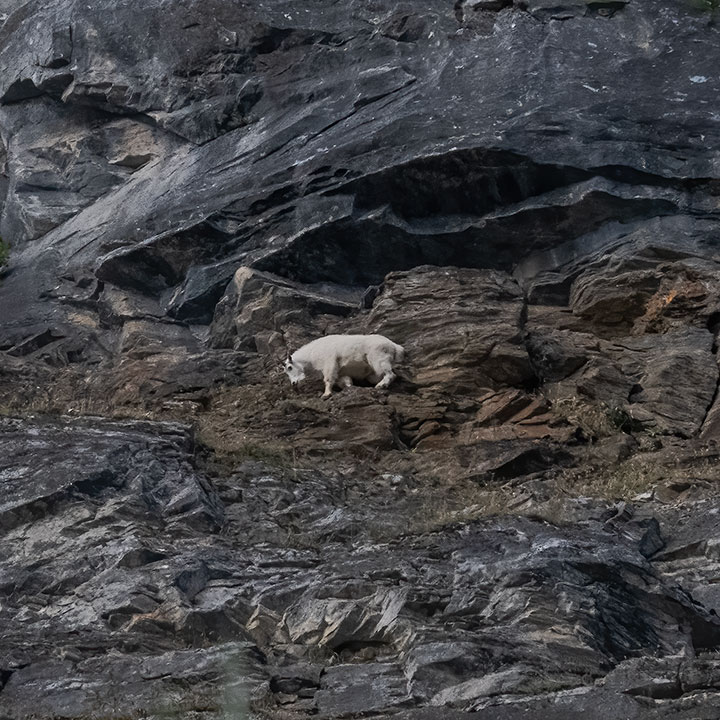
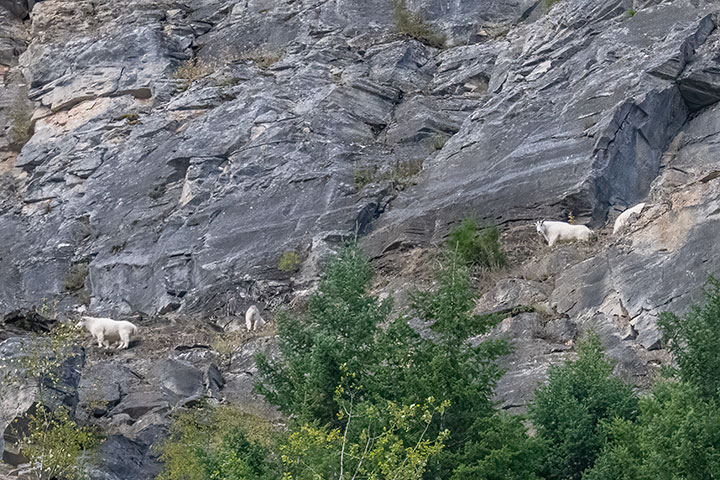
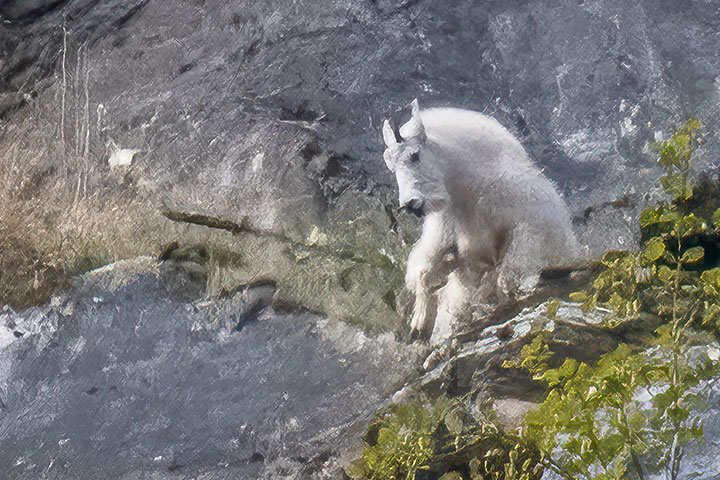

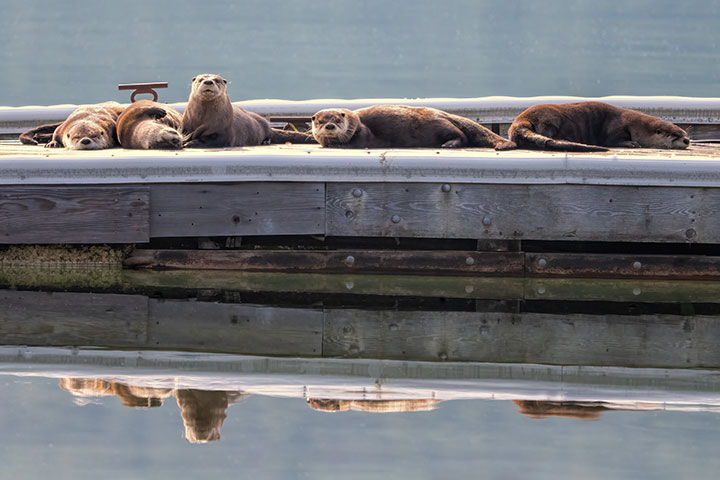
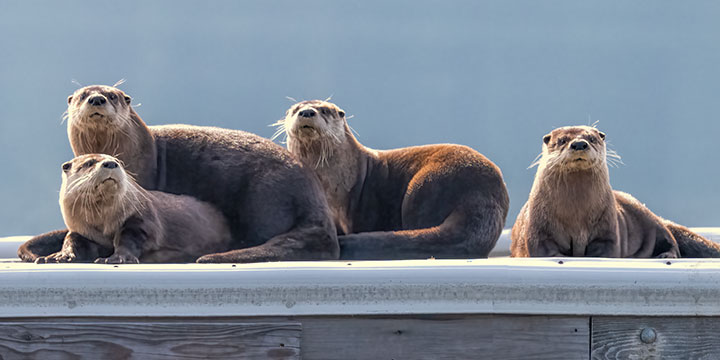
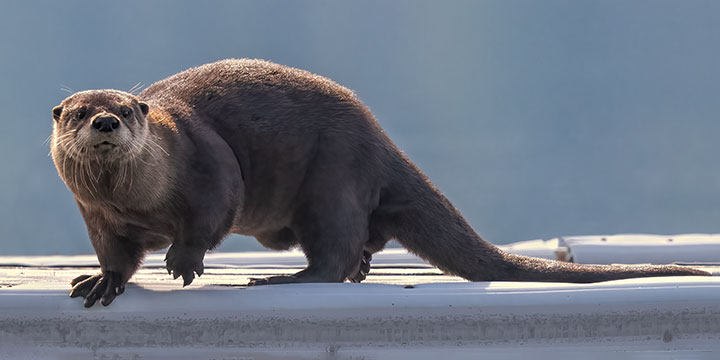

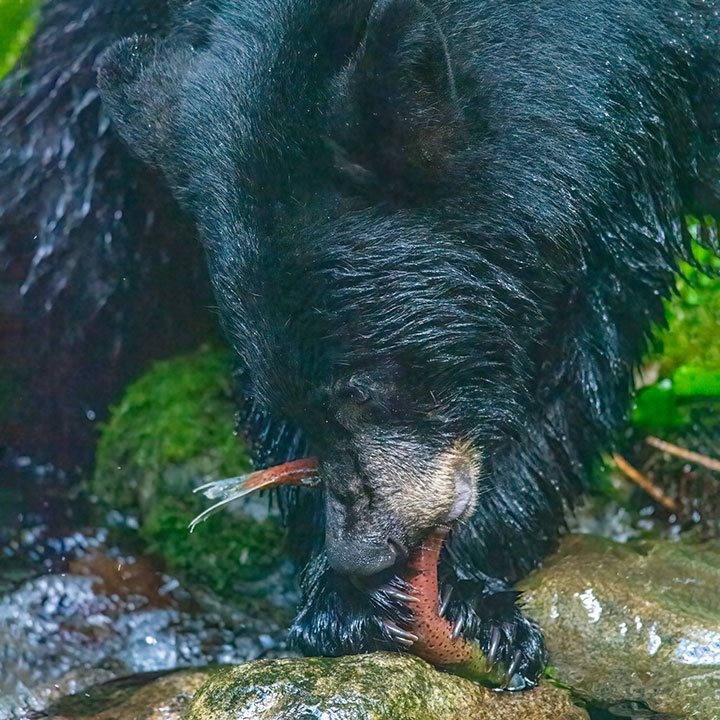
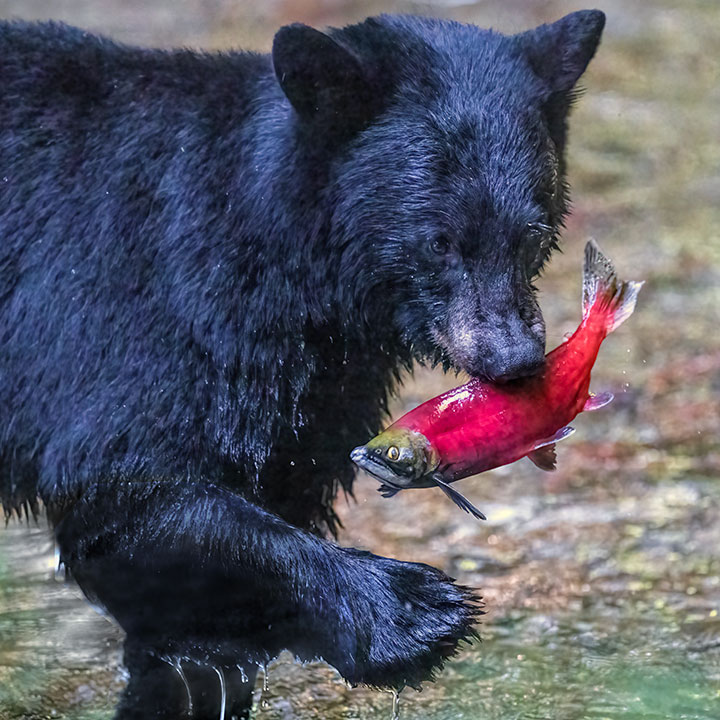
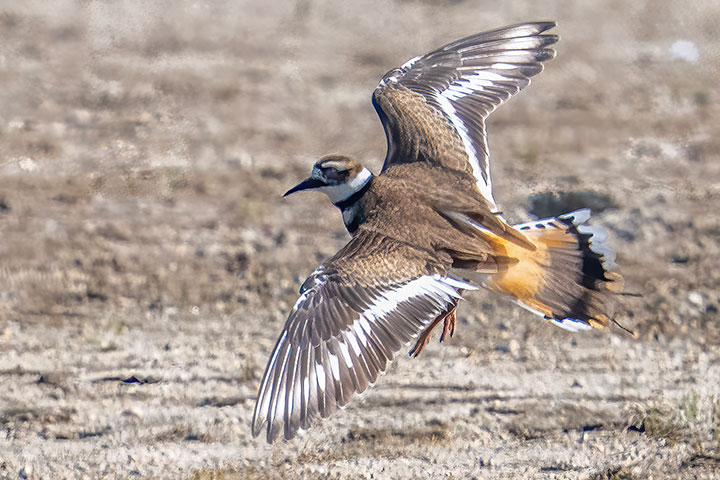
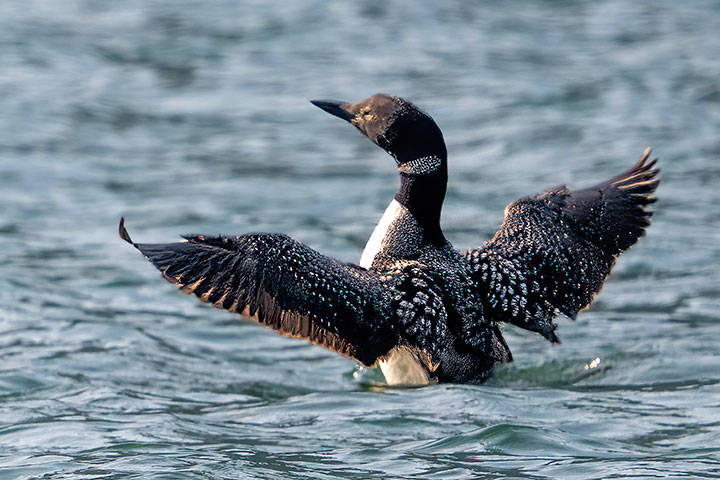
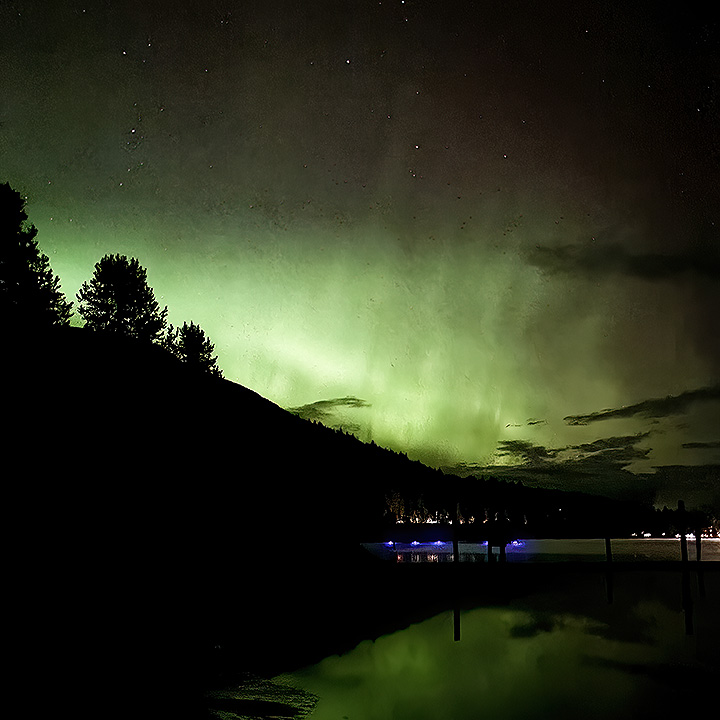
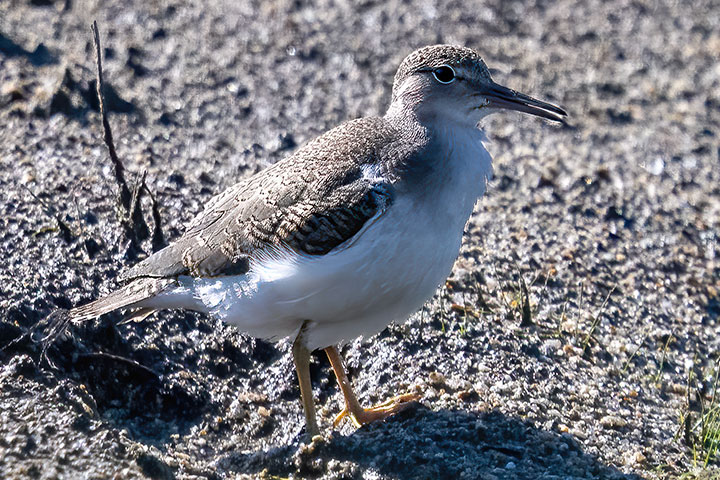
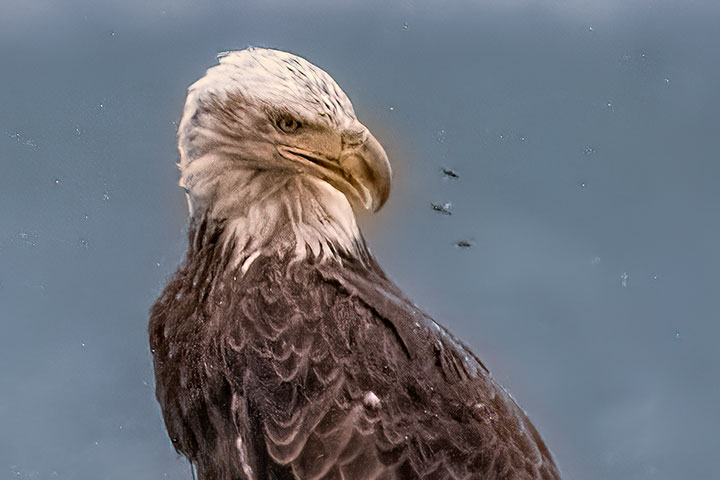
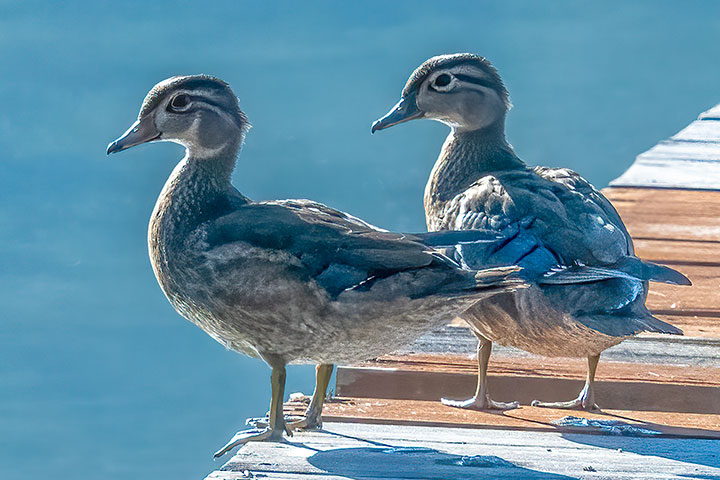


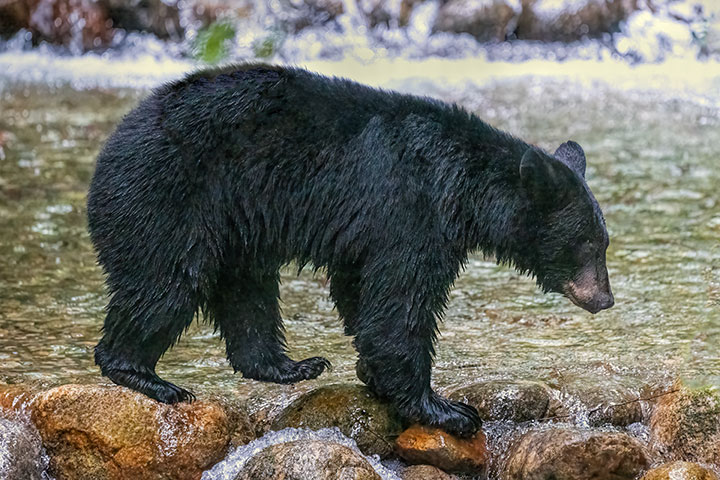
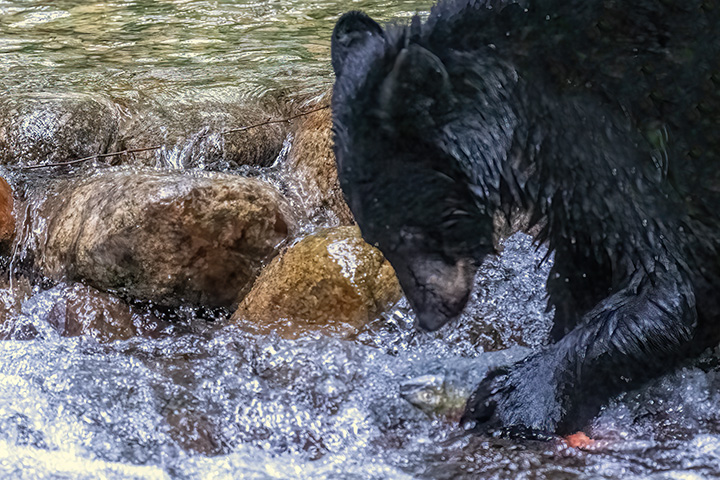


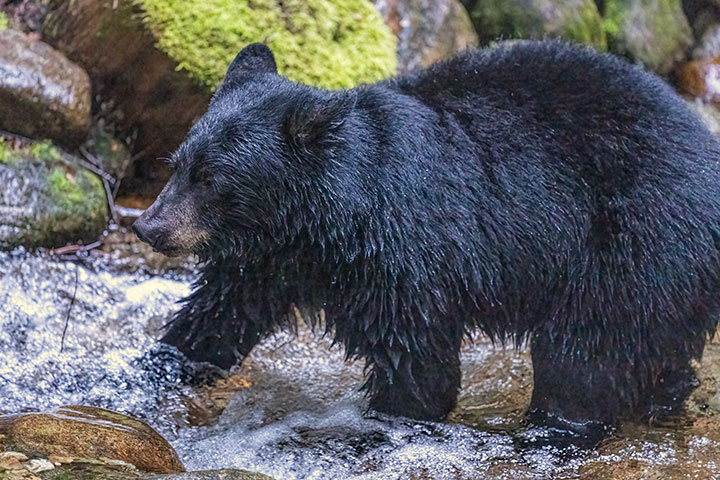

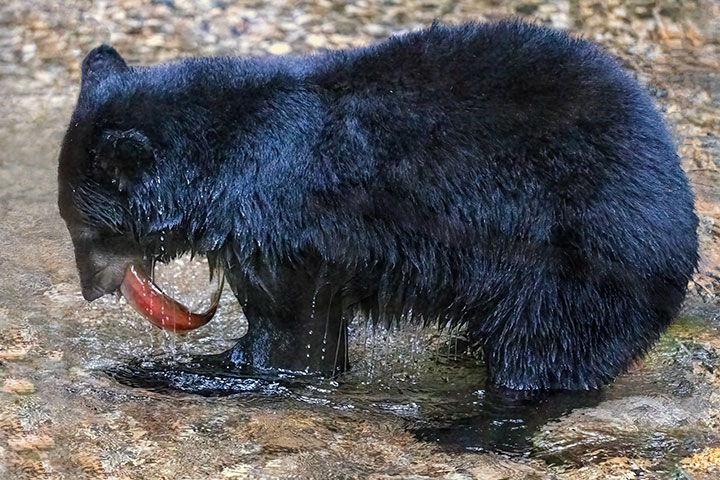

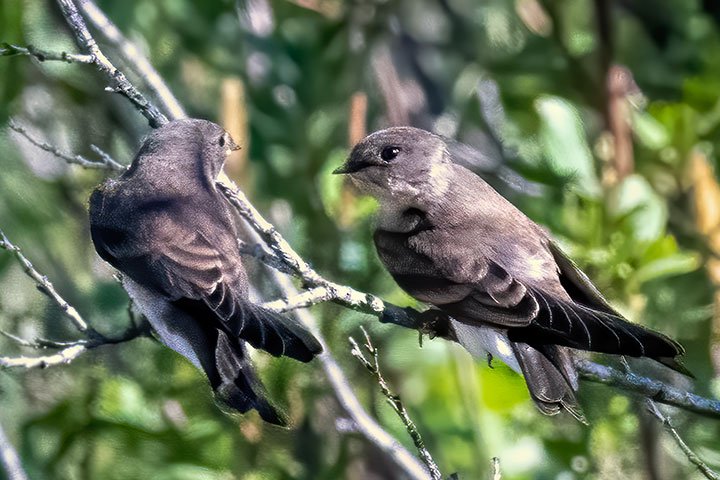
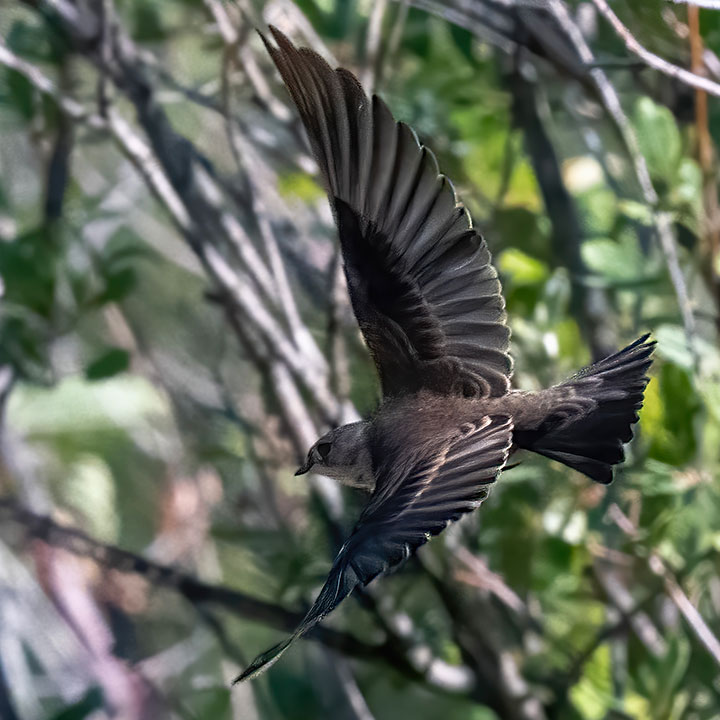

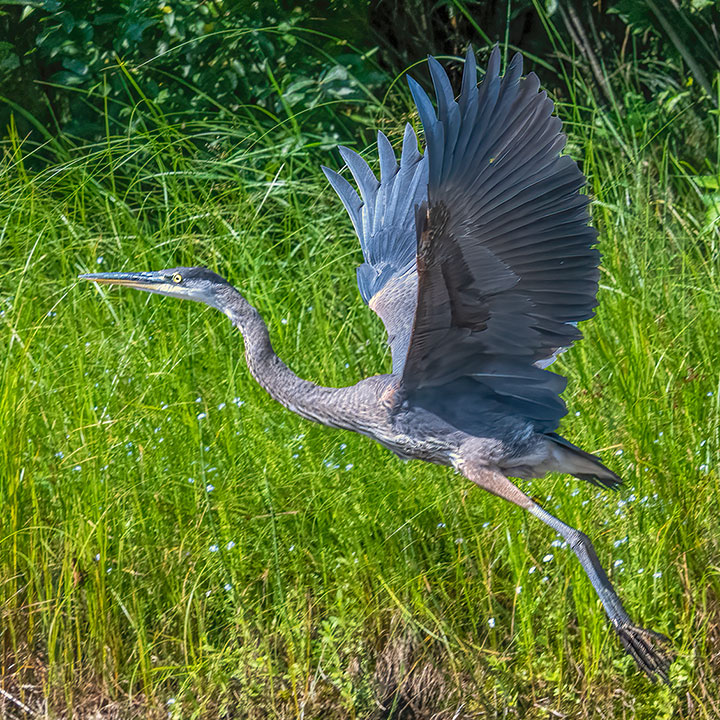
Partial lunar eclipse
I have only rarely photographed a lunar eclipse. The last time was a total eclipse, a decade ago (blog.kootenay-lake.ca/?p=11796), and I spotted a bluish light that is rarely mentioned in the somewhat superficial stories offered by most websites.
Last night I photographed a partial lunar eclipse and expected to see nothing that required an explanation. Yet, there was a mystery that gave me a temporary pause. I will show the picture and attempt an explanation.
This partial lunar eclipse is about at its maximum. Yet, the portion of the moon that is in the Earth’s umbra is much smaller than the shaded region at the top.

When the moon is eclipsed by the Earth, there are two regions of shadow: the umbra and the penumbra. The umbra is the region of total shade: the Earth blocks all of the Sun’s light from falling on the moon. The penumbra is the region of partial shade: the Earth only blocks some of the light from the Sun.
The thing about the penumbra is that it is not uniformly dark. Some regions are much darker than other regions, depending upon how much of the sunlight gets past the Earth. In this view of the partial lunar eclipse, only a tiny portion at the top is in the umbra, and the rest is all penumbra with its variable darkness.
It is probably easier to understand by imagining that one is walking on the moon, but starting at the top and so deep in the umbra. As you look back towards the Earth, the Sun is completely blocked. As you walk south, you quickly come to a place where now a tiny bit of the Sun peeks around the edge of the Earth. It is still markedly dark where you are, although you have just entered the penumbra.
Further southward walking reveals more and more of the Sun from behind the Earth and so the moon’s surface becomes brighter and brighter.